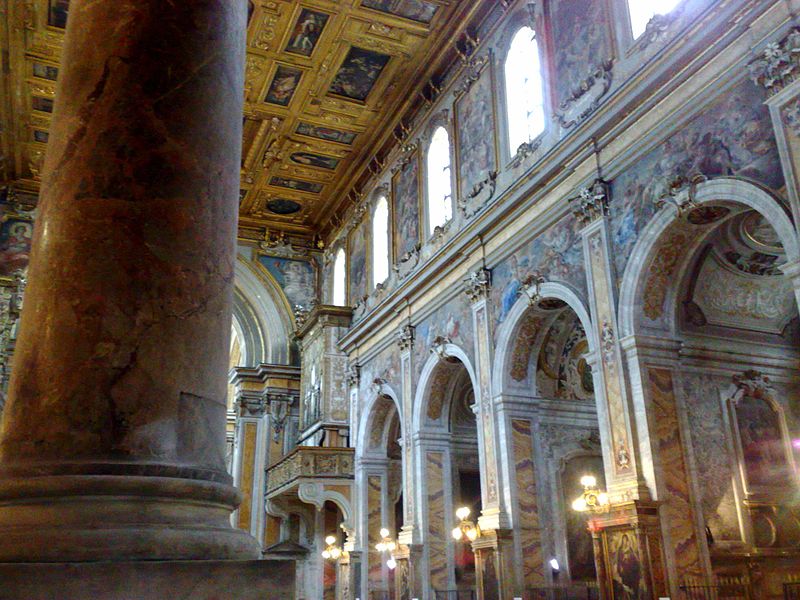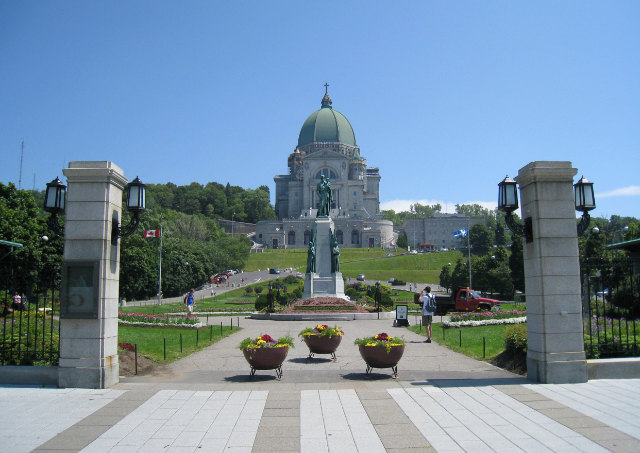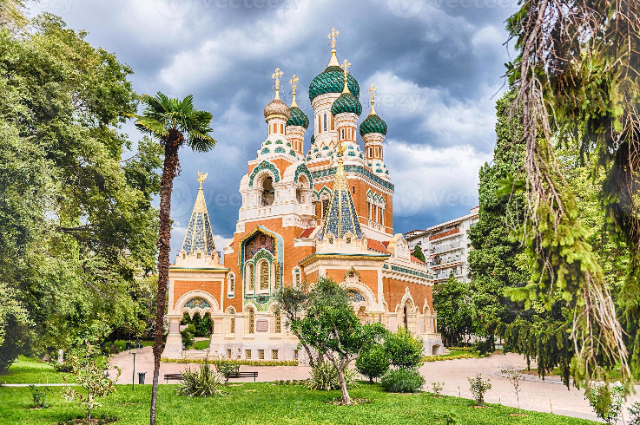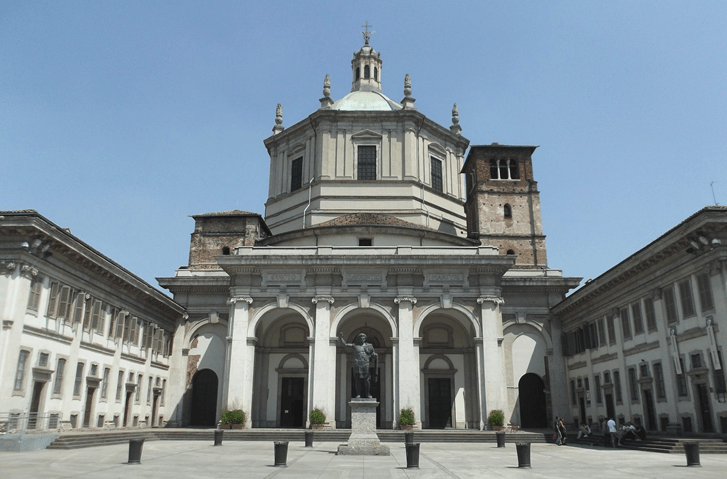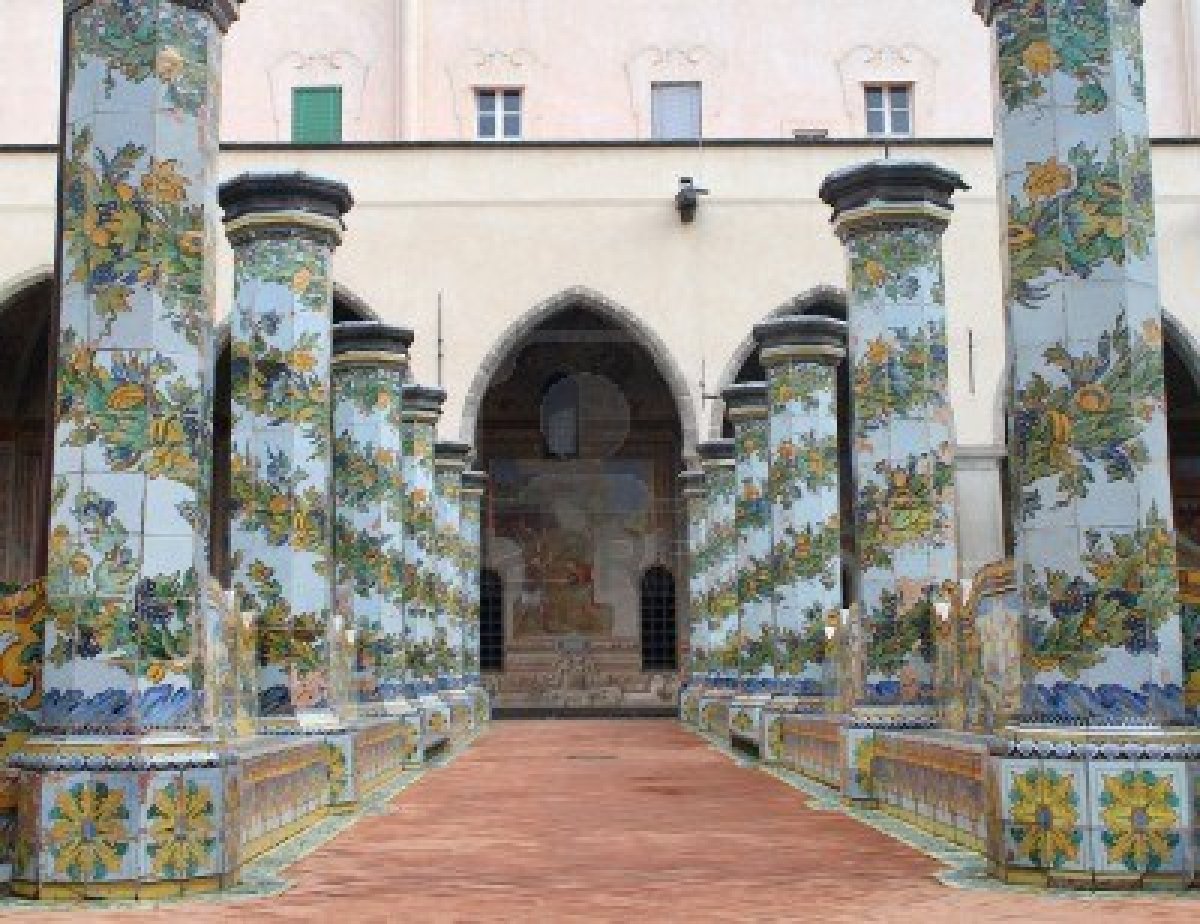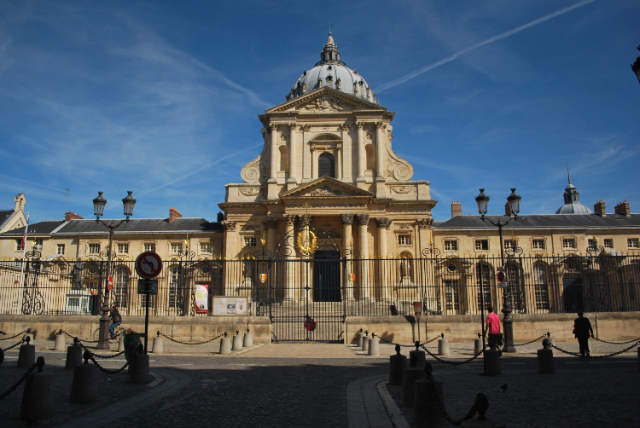The history of the Church of Santa Maria la Nova is linked to early conventual movements. The first Franciscan community in Naples (1216) settled on the ruins of a Roman villa, going on to found Santa Maria ad Palatium on the site where Castel Nuovo would later rise. When Carius I of Anjou confiscated the area and gave the Franciscans another piece of land on which to build the new monastery, the present site was built, which took the name Santa Maria La Nova (1279).
The current appearance of the building is that of the 16th century, having been rebuilt by Giovanni Cola di Franco (1596-1599). The interior, enriched at different times, is dominated by the ceiling, another example, after San Gregorio Armeno, of wooden carpentry, carved and gilded, in which forty-six panels, painted from 1598 to 1603, are embedded. Also visible from the facade is the chapel of St. James of the Marches, frescoed by Massimo Stanzione with scenes from the Saint’s life (c. 1644-1646).
The convent retains a refectory and two cloisters, the smaller of which is frescoed in the first half of the 17th century with grotesque motifs and scenes from the life of St. James of the Marches.
